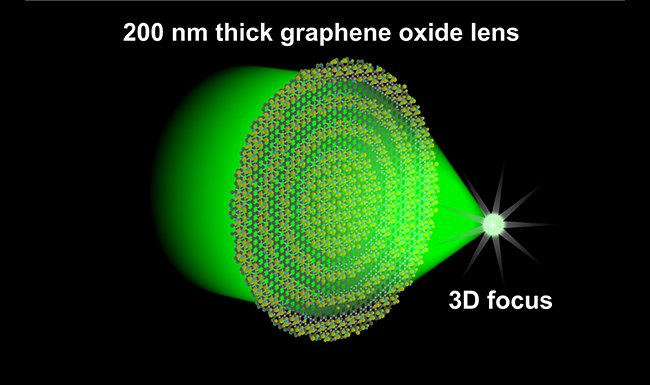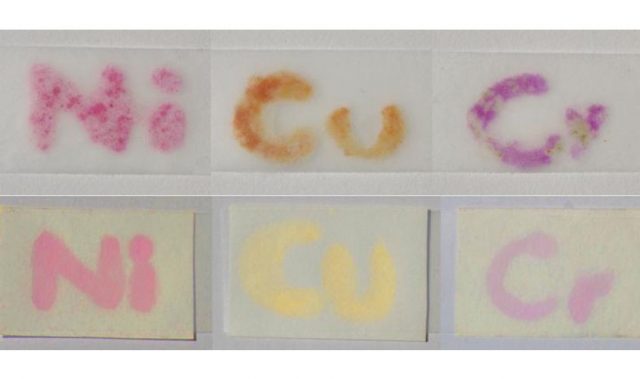
AsianScientist (Jul. 28, 2015) – Researchers have developed a new method to capture the 3D structures of nanocrystals, publishing their results in Science. Scientists believe these tiny particles could be used to fight cancer, collect renewable energy and mitigate pollution.
Metallic nanoparticles are some of the smallest particles. Their dimensions are measured in nanometres, with each nanometre being one millionth of a milimetre. Until now, it has been difficult to know how they work, because they are so small their structure is impossible to see.
The novel imaging method, developed by an international team from the US, Korea and Australia will allow researchers to investigate the 3D structure of these miniscule particles for the first time.
The study was co-led by Associate Professor Hans Elmlund from the ARC Centre of Excellence in Advanced Molecular Imaging based at Monash University. The work, performed in collaboration with researchers from Princeton, Boston and Harvard Universities, reveals the details of the method and shows how it can be used to characterise the 3D structures of these miniscule particles for the first time.
The method, called 3D Structure Identification of Nanoparticles by Graphene Liquid Cell EM (SINGLE), exceeds previous techniques by combining three recently developed components.
The first is a graphene liquid cell, a bag one molecule thick that can hold liquid inside it while being exposed to the ultra high vacuum of the electron microscope column. The second is a direct electron detector, which is even more sensitive than traditional camera film and can be used to capture movies of the nanoparticles as they spin around in solution. Finally, a 3D modeling approach known as PRIME allows use of the movies to create three-dimensional computer models of individual nanoparticles.
Movie clips that accompany the publication capture the structure of two platinum nanoparticles, which have never been seen in such detail before. Elmlund and his colleagues were able to draw new conclusions about how these highly useful particles grow at the level of individual atoms.
The field had anticipated cubical or at least highly symmetrical platinum nanocrystals.
“It was surprising to learn that they form asymmetrical multi-domain structures,” Elmlund said.
The next steps in the project will include investigating the formation and evolution of nanoparticles and characterizing the transitions they go through to reach their final form.
“It is important for us to understand this, so that we can design new materials, for example, to build better or more efficient solar cells, or make better and more economical use of fossil fuels,” Elmlund said.
The article can be found at: Park et al. (2015) 3D Structure of Individual Nanocrystals in Solution by Electron Microscopy.
———
Source: Monash University.
Disclaimer: This article does not necessarily reflect the views of AsianScientist or its staff.












